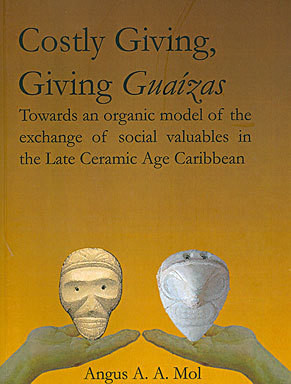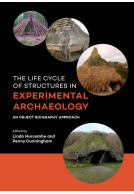Google Books previews are unavailable because you have chosen to turn off third party cookies for enhanced content. Visit our cookies page to review your cookie settings.
Costly Giving, Giving Guaízas (Paperback)
Imprint: Sidestone Press
Pages: 206
ISBN: 9789088900020
Published: 1st December 2006
Script Academic
Pages: 206
ISBN: 9789088900020
Published: 1st December 2006
Script Academic
Please note this book may be printed for your order so despatch times may be slightly longer than usual.
You'll be £35.00 closer to your next £10.00 credit when you purchase Costly Giving, Giving Guaízas. What's this?
+£4.99 UK Delivery or free UK delivery if order is over £40
(click here for international delivery rates)
Need a currency converter? Check XE.com for live rates
(click here for international delivery rates)
Need a currency converter? Check XE.com for live rates
An Archaeology of Exchange is primarily an archaeology of human sociality and anti-sociality. Nevertheless, archaeological studies of exchange are numerous and varied, and archaeologists do not always approach exchange as a social mechanism, concentrating rather on the cultural, economic or political implications of exchange. Even so, at times it is worth retracing the implicit theoretical steps that archaeologists have taken and look at human sociality through the eyes of exchange as something new. This is undertaken here by concentrating on the exchange of social valuables in the later part of the Late Ceramic Age of the Greater and Lesser Antilles (AD 1000/1100-1492). Questions concerning this exchange are framed in a novel mix of theories such as Costly Signalling Theory coupled with the paradox of keeping-while-giving and the notion of gene/culture co-evolution joined with Complex Adaptive System theory. All these theories can be related back to the concept of exchange as put forward by the French sociologist Marcel Mauss in his famous "Essai sur le don" of 1950. This theoretical framework is put to the test by an extensive case-study of a specific category of Late Ceramic Age social valuables, shell faces, which have an area of distribution that ranges from central Cuba to the Ile de Ronde in the Grenadines. The study of these enigmatic artefacts provides new insights into the nature and use of social valuables by communities and individuals in the Late Ceramic Age.
Other titles in Sidestone Press...















